Two weeks ago I made an enormous investment in my photographic career: I bought a Fuji GFX100 camera. Let’s get it out of the way: it was really expensive, and no I didn’t get any sort of special deal on it or anything.
Now, before you look at what this camera cost, let’s do a quick review of my photographic career. I’m not a full-time photographer, nor am I a full-time blogger. I have a great job in finance. I’m certainly not rolling in money or anything but I’m very happy with my job and my full-time career. That career has allowed me to acquire way more gear than would otherwise be expected for someone taking pictures for as long as I have (only five years).
My photography career mainly started because of this blog: I figured I could become better at taking pictures (compared to my peers) faster than I could become better at traveling or writing about it. I’m also a salesman at heart and wanted to make the time and money I invested in photography worthwhile so I have always tried to make money with my photography.
How I make money with photography
My primary income from photography comes from headshots. If you’d like, you can check out my headshots page at www.lutencreative.com/headshots.
I make a decent bit of money per year selling prints of pictures, but very very little compared to headshots. I have a few other commercial projects, but they all pale in comparison to the headshots income. An example would be selling digital licenses to pictures I took on spec for a public infrastructure installation to the people in charge of it.
There’s a lot of photography projects I’ve done which don’t pay me money but bring me a ton of happiness. In addition, this blog has become known for its photography and, as a result, I’ve gotten invitations to events I wouldn’t ever dream of getting invites to simply because the company inviting me knew I’d be able to produce high-quality, sharable content.
That said, I bought my first pro-ish camera only five years ago this month. I’ve come quite a long way in a short amount of time. I usually spend the money I make from photography on more photography gear and basically saved up all of my 2018 revenue to make the following purchase.
Anyway, let’s get back to the Fuji GFX100. And we’ll start by answering the question I know you’re all asking, if you clicked the link above and saw the price of this camera.
Omg why did you spend $10,000 on a camera?!
I didn’t. I spent $9,999.95 on a camera. Haha.
Ok seriously, I’ll be honest: there’s no legitimate reason that I truly needed this camera. I had the money and I wanted it were the main two reasons I used in my decision-making process. There are lots of reasons I was interested in shooting medium format, many of which I detailed in my post about the Fuji GFX 50s. Shooting with the GFX 50s was a great experience and I sold it to a great friend of mine for a fair price. I got the 100 because I wanted the ultimate in flexibility, megapixels, color depth, and durability. So far, it’s been everything I wanted and more.
What the heck are the specs that make it cost that much?!
102 megapixels. Let me restate that: 102 million pixels per image. Let me restate that: every picture I take with it could be printed 38″ x 29″ at full resolution and no loss of detail with your eyeball next to the print. The 102-megapixel Sony sensor is the main reason this thing costs so much. But Fuji did some other great things that weren’t available on the GFX 50s. The GFX100 has in-body image stabilization, shoots 4K video, and has phase-detect autofocus. Oh, and it can shoot at up to 5 frames per second! It really is an incredible piece of kit.
102 megapixels per image means you can crop images severely to get the composition you really want out of a scene without losing any detail. Here’s an example of what I mean.
Here’s an image with the Fuji GFX100 and the Fuji 110mm lens while doing some planespotting.
Not very impressive, right? Well let’s say we wanted to isolate the jet landing a little bit more from the busy background. No matter the camera it’s important to pay attention to details as you crop in to make sure you’re not losing much detail. Here’s a crop from the image above with no detail loss whatsoever.
Getting to crop in like this with no appreciable loss of detail opens up so many doors. It doesn’t mean I was any more justified in getting the camera, just trying to give you some perspective into my thought process.
Ok enough of the question headers, let’s get down to some image samples
Well the interesting thing about the GFX100 is, similar to the GFX 50s and 50r cameras, it has a focal plane shutter instead of the leaf shutter found in most medium format cameras. Because the GFX100 is mirrorless, you can adapt many different types of lenses to it (similar to Sony mirrorless cameras).
Headshots
The Fuji GF 110mm/f2 lens is a dream for headshots. Roughly the equivalent to an 87mm full-frame lens, it’s the perfect focal length and renders perfectly. All of the headshots above were shot with the 110mm lens, for example. Paired with the eye-autofocus of the GFX100, my headshots will be just as good as with the GFX 50s.
I recently shot my first headshot session with the new GFX100 and loved the result.
Travel/Cityscape
I would absolutely in no way call the Fuji GFX100 a “travel” camera. It’s a brick of a camera. In all fairness, though, it’s not THAT big compared to other medium format cameras. I’d compare the size of the GFX100 to the Canon 1DX, although the GFX is a bit thicker. You can see a comparison here. But I will take the GFX100 with me on a few trips soon. In addition to the 110mm headshot lens, I own the Fuji GF 32-64mm lens (equivalent to 25-50mm on a full-frame camera), which makes for a great travel lens.
Here’s a picture from White Rock Lake in Dallas as an example of what the Fuji GFX100 produced with the 32-64mm lens.
Here’s another, from “my” spot near downtown Dallas looking back at the skyline with an epic sunset in the background.
(the skyline picture above is cropped in a bit, leading to a raw image of “only” 50 megapixels)
Adapting lenses to the Fuji GFX100 for Architecture and Planespotting
I enjoy both architecture and aviation photography/planespotting. The GFX100 will be great for both because I own three different Canon tilt-shift lenses: 17mm, 24mm, and 50mm. When attached to the GFX100, these tilt-shift lenses cover the sensor very well. I keep hearing rumors Fuji is going to release a native tilt-shift for the GFX camera line but it’s not out yet, so I have to use the Canon lenses, which are fortunately very sharp and resolve well, even on the bigger sensor of the GFX100.
I went down to the Winspear Opera House in Dallas with the 24mm tilt shift for a sample image.
Crisp details from edge to edge, with just a little bit of smearing in the corners (I was at a pretty big shift here). Even with the smearing in the corners, let’s say I had to end up cropping in a bit. I’d still end up with a roughly 80-90MP image with the same crispness I’ve loved from the 24mm Canon tilt-shift for years.
I wanted to test the 17mm tilt-shift as well. I put it into a pretty extreme downward shift and the results were pretty impressive (I know the sharpness of the letters in the very bottom are a bit out of focus, they were literally inches from the lens). Then, just for fun, I made a 3-image shift panorama with the 17mm just to see how it would turn out.
At full resolution, this image is over 150MP and pretty close to perfect!
The Fuji GFX100 can shoot up to ISO 12800, and I wanted to see just how usable an image could be at the exaggerated ISO (images from older medium format cameras become unusable above ISO 800-1600, for example). The following image is at ISO 12800, albeit in a very well-lit environment.
As you can see, the grain pattern is fairly pleasing, especially when compressing down to web resolution. I think trying to replicate these results in a darker environment would be a bit tougher, but I didn’t really have any good shooting scenarios to test.
I had tested the 50mm tilt-shift a few nights previous when I took the skyline image. This lens resolved to the 100MP sensor the best, in my opinion.
I had a Canon 400mm f2.8 prime telephoto lens for a long weekend recently so I decided to do some planespotting out at DFW Airport’s Founder’s Plaza with the GFX100. While the camera setup looked a bit ridiculous, especially with the 2x teleconverter attached, the results were amazing. Here’s an example of an uncropped image with the 400mm f2.8 (the edges are vignetted a bit, that’s just a symptom of some full-frame lenses being adapted onto a bigger sensor).
This isn’t really a usable image, since the jet kind of blends in with the background and the aforementioned vignetting. However, by cropping in I was able to change the composition completely and turn this into a really top quality planespotting image of a jet I’ve actually covered before on this blog!
Here’s a RAW file you can download if you want to see the resolution for yourself
I’ll put this out there if anyone wants to see a 16-bit uncompressed RAW from the new camera (from the 50mm tilt-shift test shot above) I’ll provide a link to one below. WARNING: it’s a 200MB file. I’m not sure if Lightroom will recognize it but any version of CaptureOne 12.0.4 or newer will.
(note: don’t be a jerk. I’m putting a really good RAW file out there for people to check out. Please don’t sell prints of it or otherwise represent it as your own work)
What about my Sony cameras?
I still have, and love, my Sony a7rIII and my Sony a6500. I will actually probably end up using my a7rIII more now than I did when I had the GFX 50s, simply because it will travel so much better. Sony and Fuji are leading the way in camera innovation today, it’s great having two camera systems, underpinned with wonderful lenses and great technology, to which I can adapt the same set of Canon lenses! The combo of these two systems is really the ultimate in flexibility.
My conclusions about the Fuji GFX100 thus far
Let me say it right out: this camera has not made me a better photographer. There are plenty of photographers out there who regularly take unbelievable images that are light years better than anything I’ve ever taken with $500 cameras. What it HAS done for me though is opened a lot of new perspectives for me, encouraging me to really look deeply into my compositions because of the cropping ability of the resolution. So in a sense it has slowed me down but will help me become better over time.
There are times when I need to print big for a client. This camera will no doubt help me do that. There are times when I’ll need to crop crazily for a client. This camera will help me do that. There are times when color will be incredibly important for a client. This camera (shooting 16-bit) will help me do that. Heck I’m working on a big video project right now and want to shoot 10-bit 4:2:2. Yep, the GFX100 will help me do that.
This camera will not make me a better photographer. But it will amplify the improvements I make as I make them, and will give me a solid foundation upon which to take on work I’ve not pursued before, since this camera can do almost everything (and do what it does at an unbeatable level). While I can’t justify my purchase, I’m very happy I made it and hope you’ll enjoy the pictures in the months and years to come!
Let me know if you have any questions about the Fuji GFX100 in the comments below!

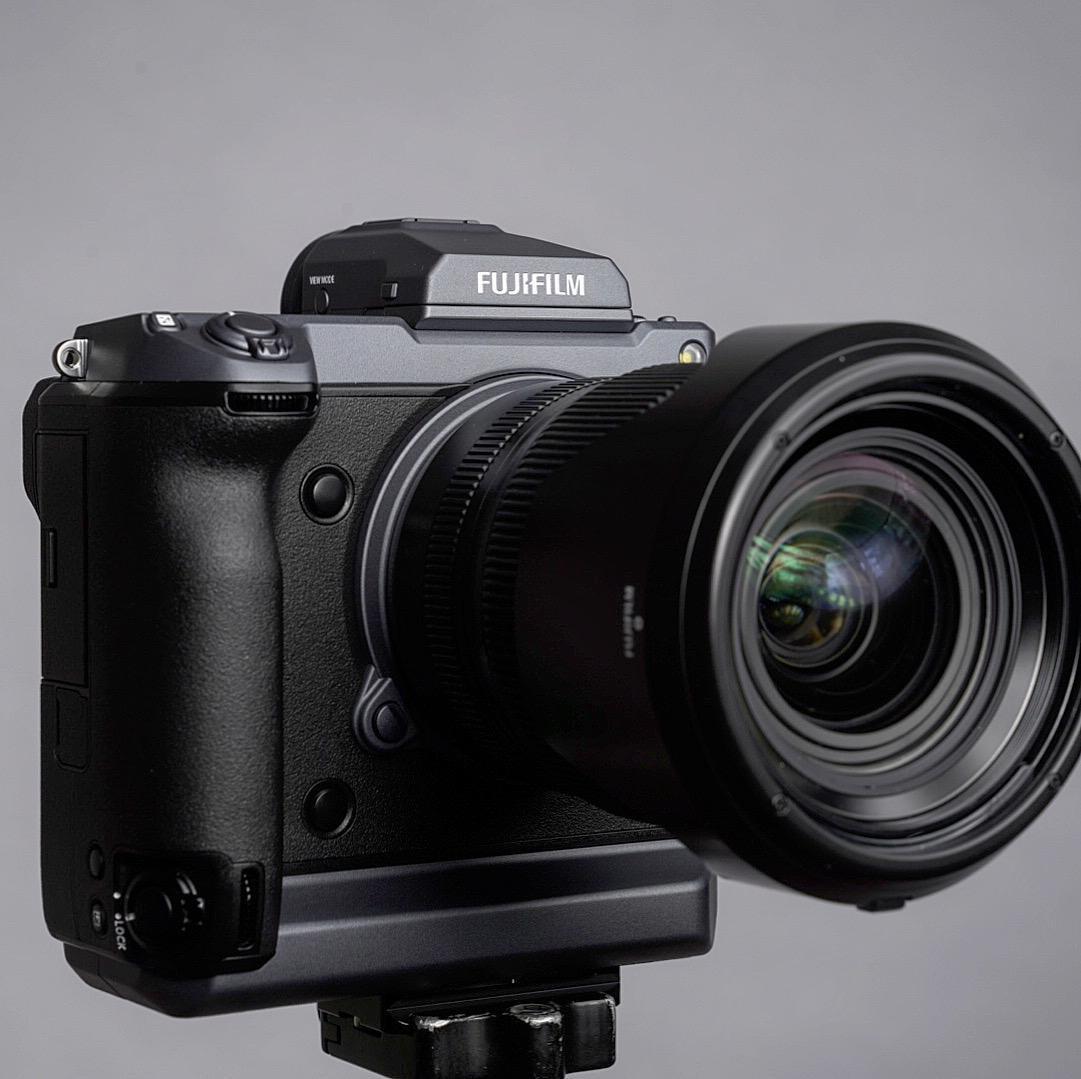








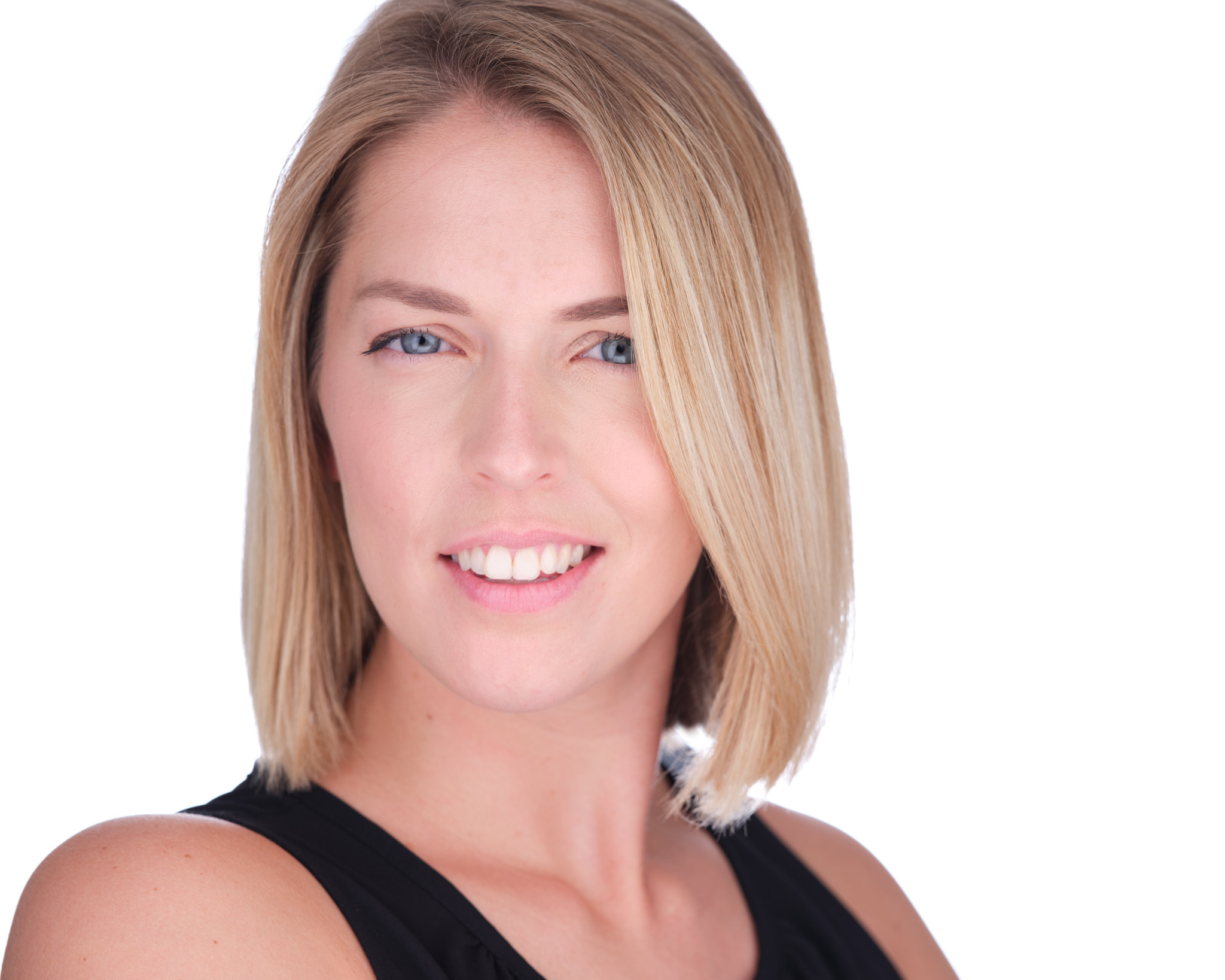
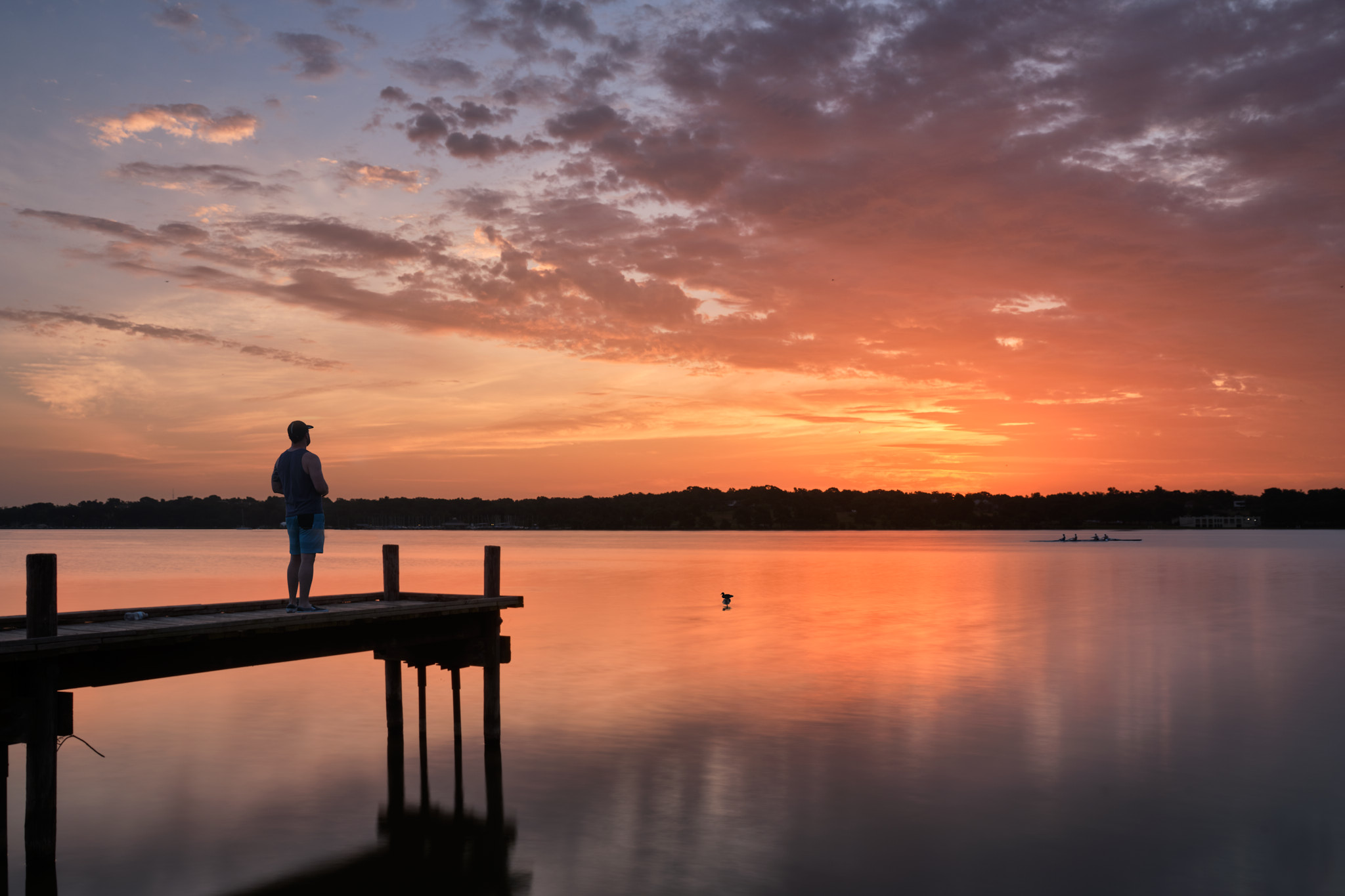

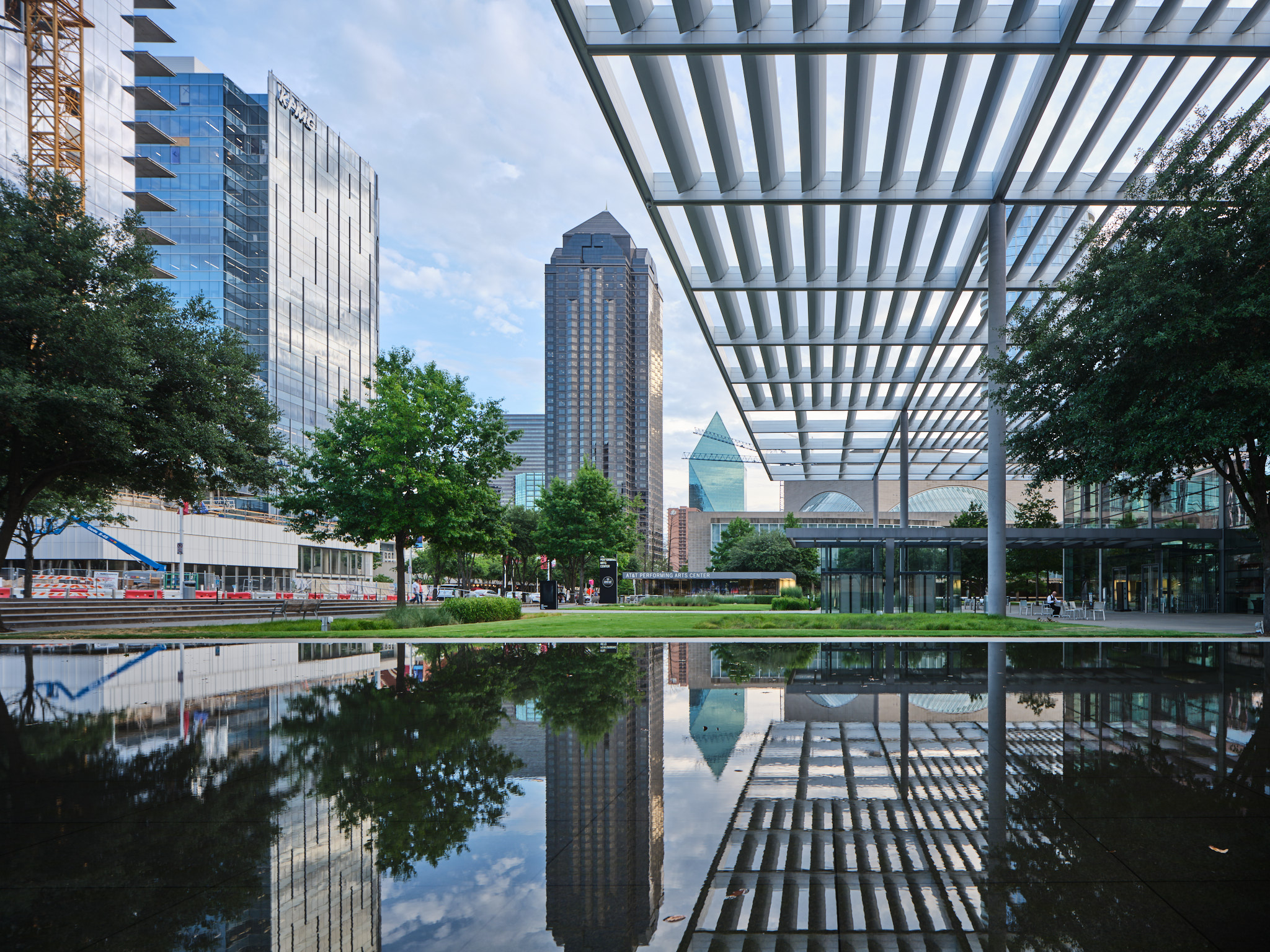
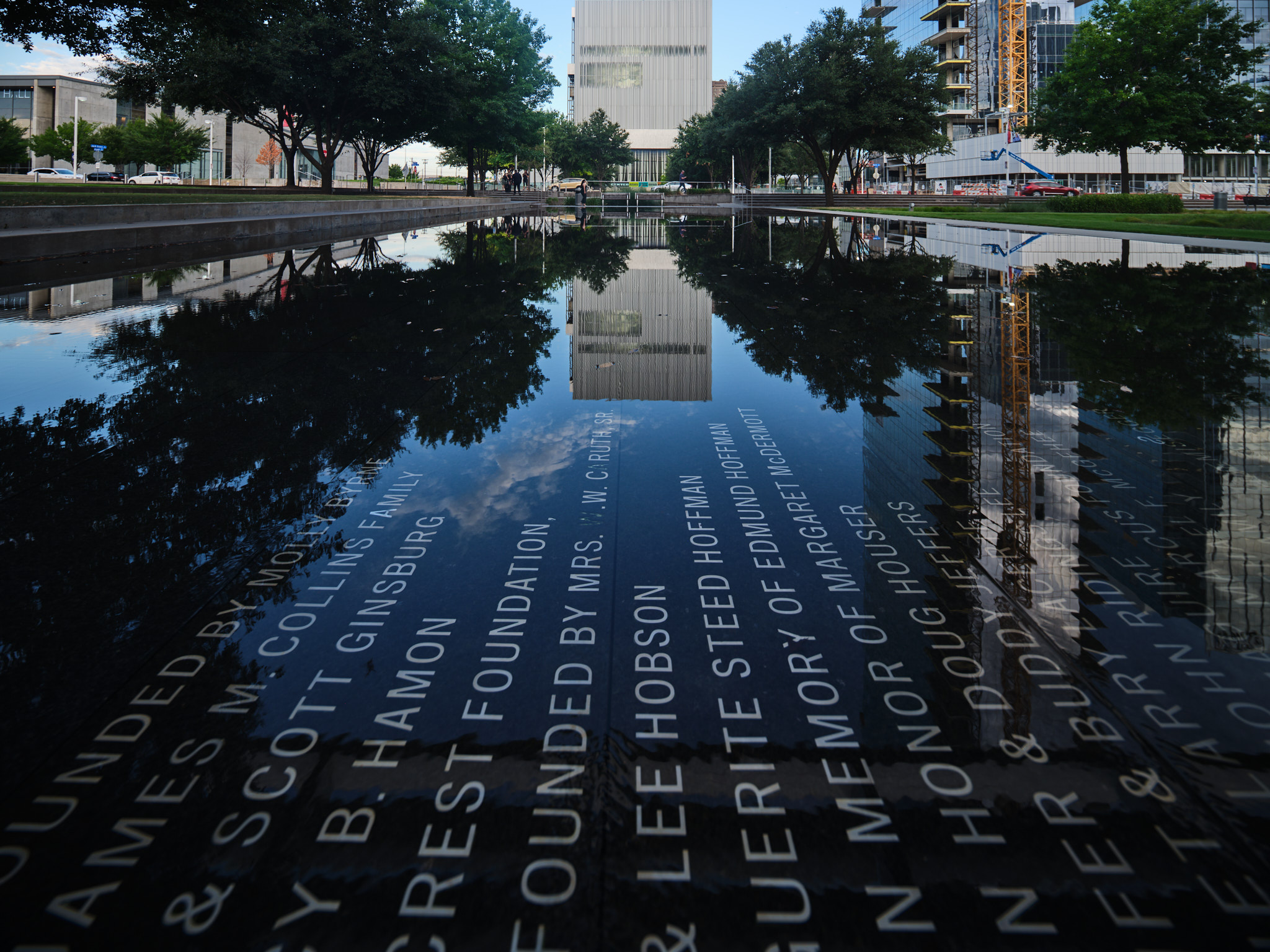
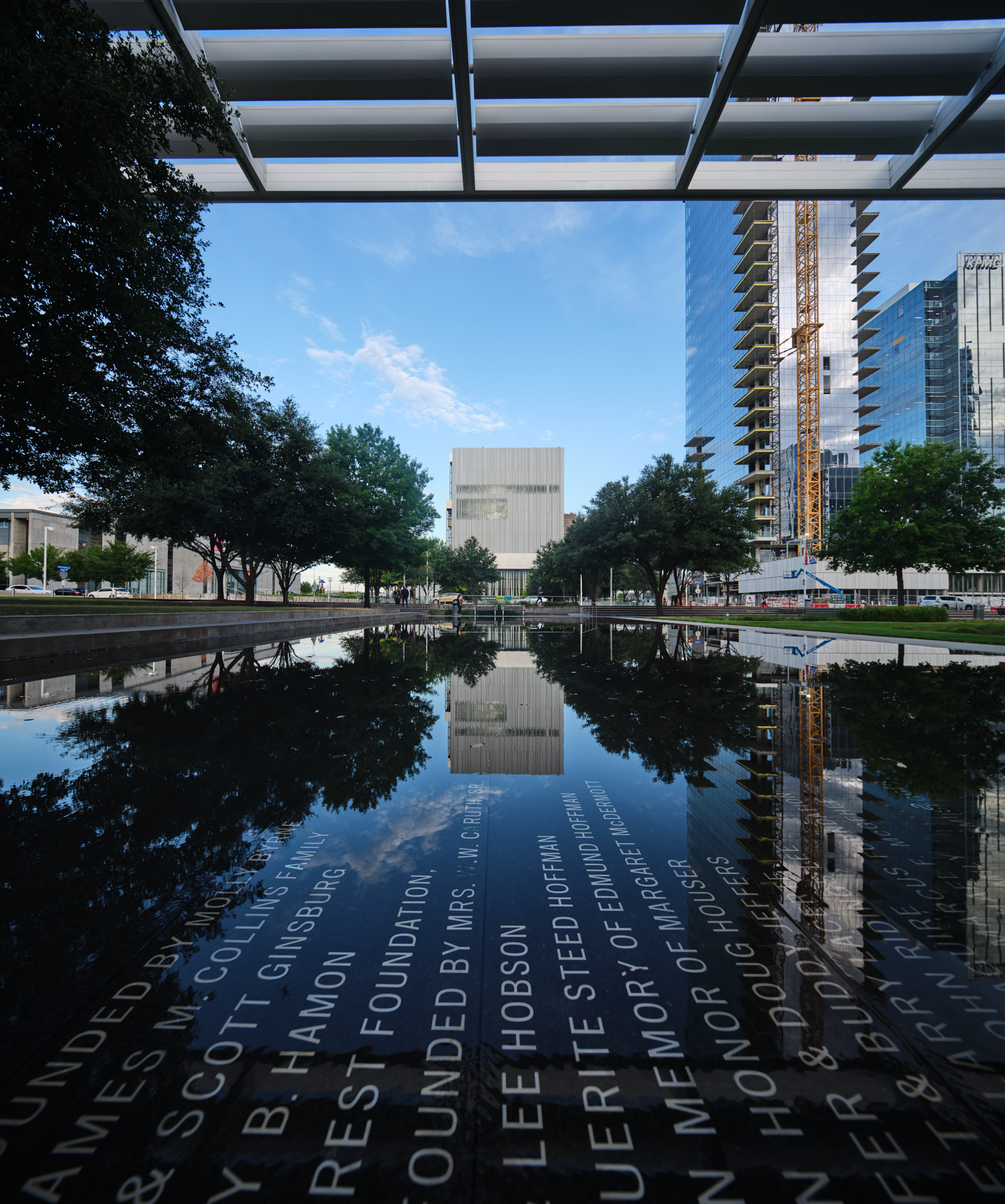

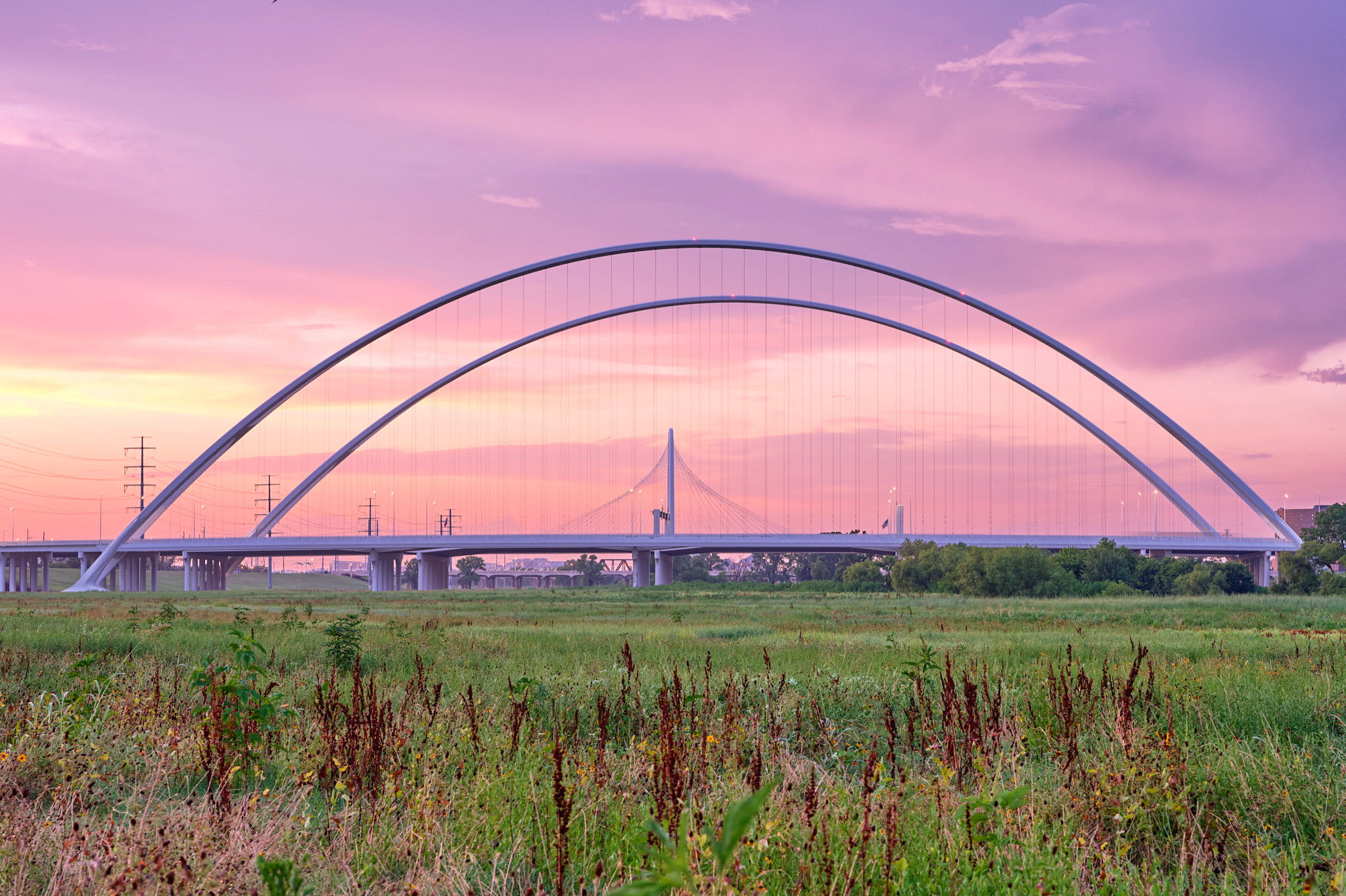
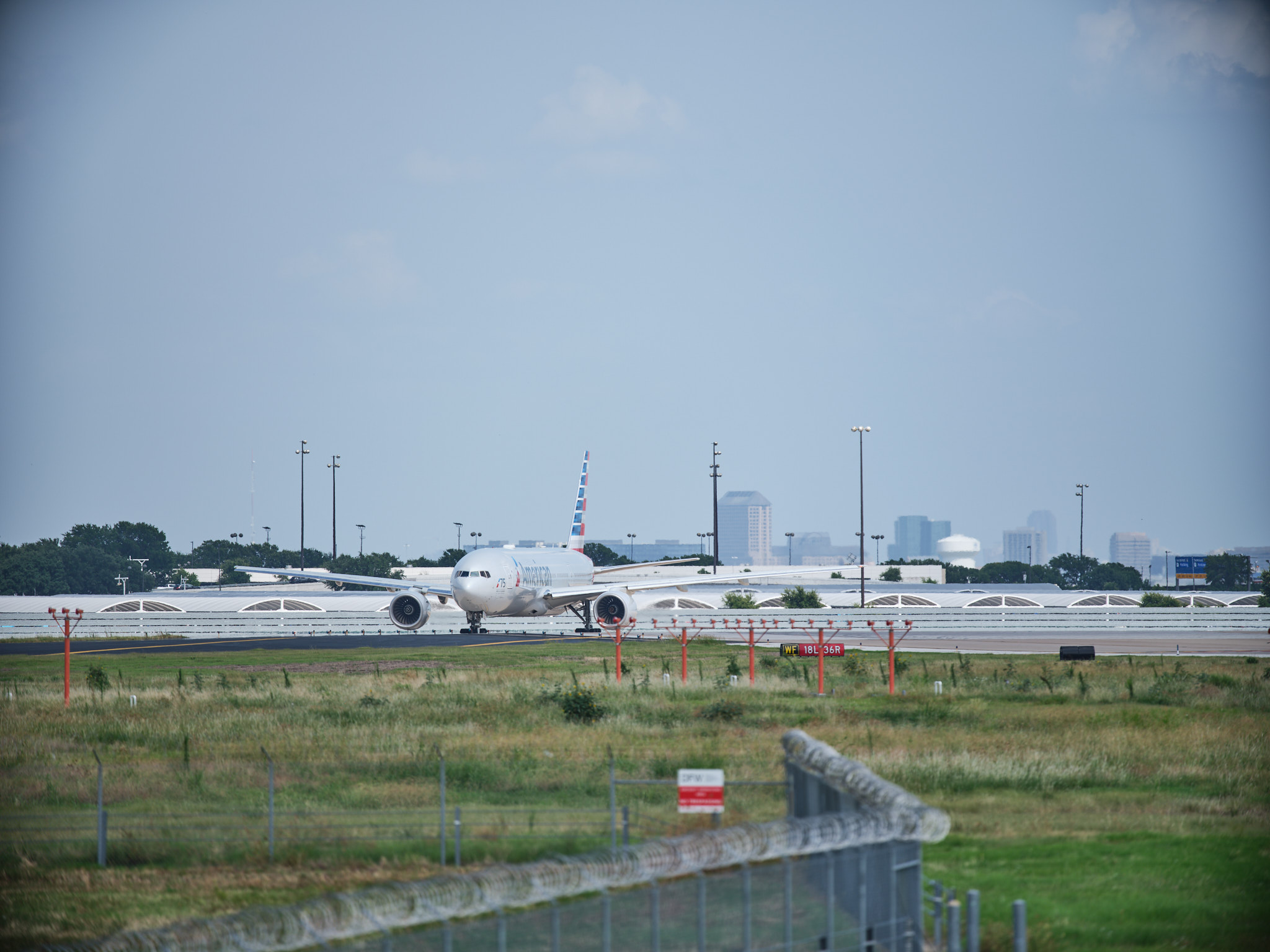
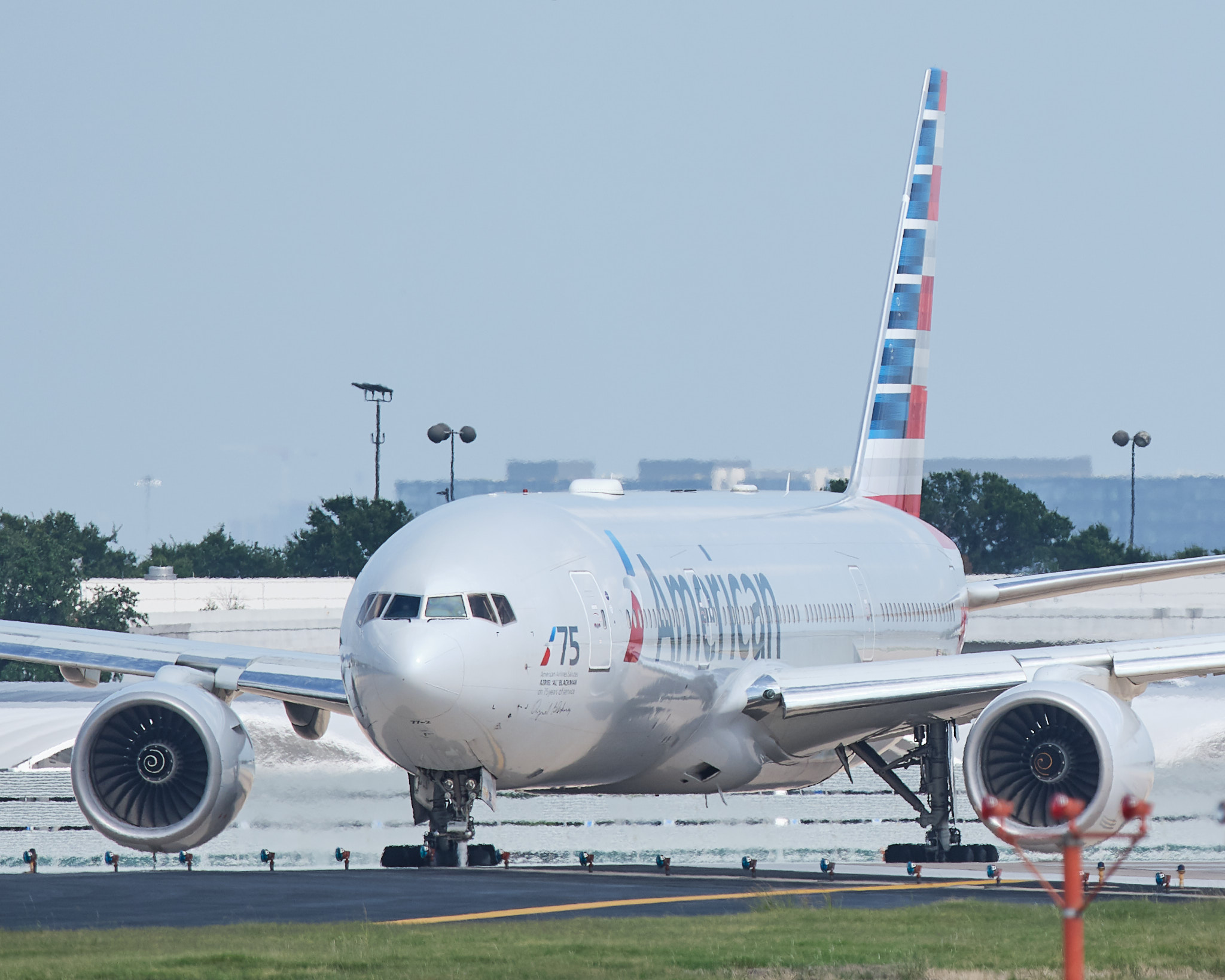

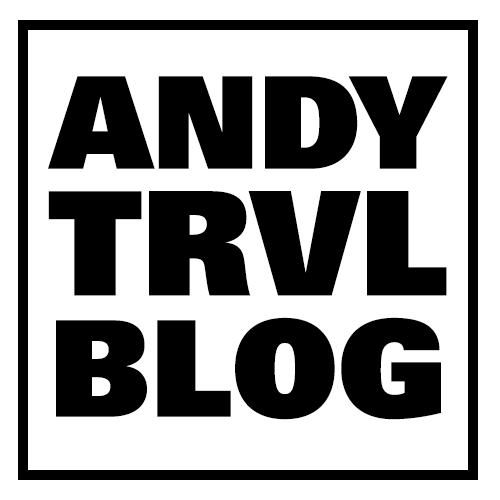

Some of these photos are absolutely amazing. Of course, I don’t know how many people can afford to spend $10K for a hobby if they are unable to write off those expenses for tax purpose. Questions for you: How much did you crop the jet landing photo (the first one) by? So,1/4x,1/8x….or more. It’s pretty crazy how good the quality is?
How large are the JPEG and RAW files? How heavy are the lenses?
Besides money, the other big problem I see is carrying these heavy camera and glass when traveling. I have GX85 (MFT) and Sony a5100….but the camera I used the most when traveling is the Fuji’s XF10….even if I have the GX85 or the a5100 with me.
Fun write up on a wild camera. My speced out 2016 iMac sometimes struggles with a7RIII files from time to time. Never the less I’d love to get my hands on one of those ad try it out. Thanks for the review.
Next time you’re in Dallas come by! We’ll get Braun to come too
Hi Andy. Enjoyed reading this review and the images are great, thanks for sharing. Any chance of letting me sample a RAW file with the Canon TSE24mm please? Which adapter do you use?
I’m looking at tilt shift options for the GFX100